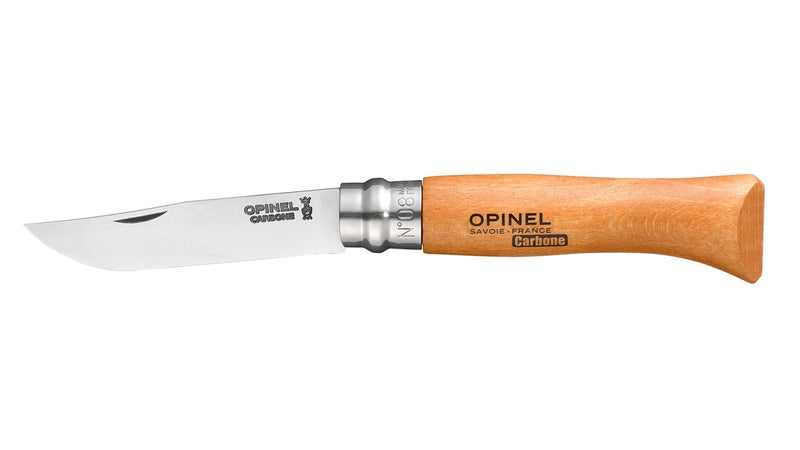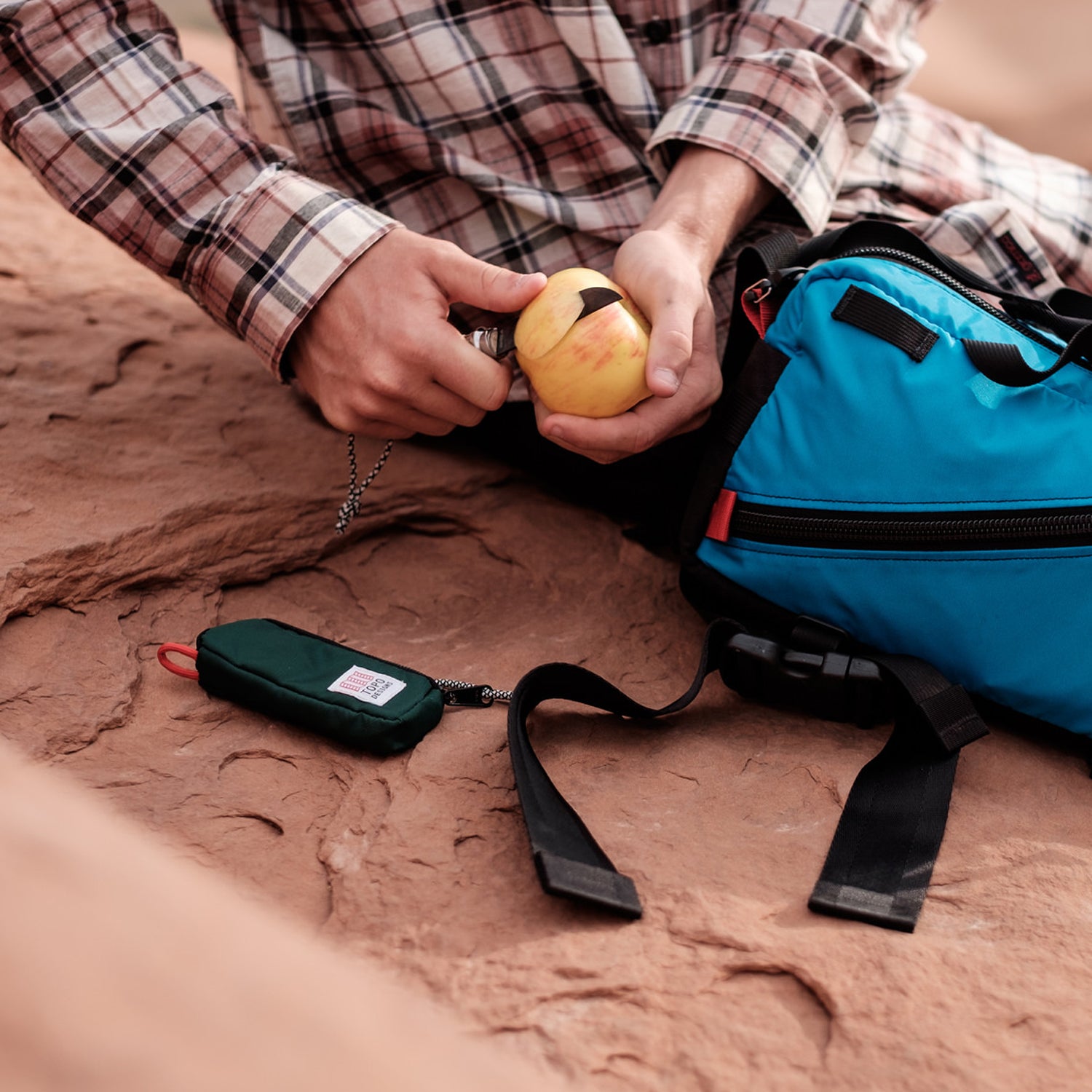Joseph Opinel first built his eponymous single-blade pocketknife in 1890 while living in the Savoie region of France. With its carbon-steel blade and elegant beechwood handle, the knife has undergone only one adjustment since then: a locking ring, to hold the blade in place, added in 1955. As it turns out, there’s very little you can do to improve upon such a simple, versatile travel companion.
($15) may look like something people carry only for its antique appeal, but there’s a reason you can find these tools at and . Opinel knives come with a blade you could probably shave with, made from a thin stainless steel that’s easy to sharpen. (With a little ingenuity, I once was able to whet mine using the edge of a magazine and some toothpaste.) The locking key allows you to fix the blade or lock it shut.

Unlike more tactical-looking pocket knives with black blades or metallic cutout handles, the Opinel is friendly for public use, which matters a lot in big cities. Over the final few days of my trip through the South, I used it for all manner of food preparation, from meat cutting to oyster shucking, in addition to electric-wire stripping, tire-hole repair, mud scraping, screwing, and unscrewing. The knife has become a travel talisman for me; all it wants to do is serve.
Luckily, the Opinel is also very serviceable itself. If the blade rusts, you can scrub it clean. If anything happens to the handle, you can sand it down. If the tip of the blade gets bent, you can hammer it back into place. If you’re in a country that has banned locking knives in public, you can simply pop off the locking ring. You shouldn’t ever find yourself sending the Opinel No. 8 back to the manufacturer for repair, and if it is really beyond fixing, it costs only $15 to replace.
There are very few brands whose flagship item has remained largely unchanged for such a long time. Having served the needs of outdoorspeople, farmers, home chefs, and ill-prepared road trippers for the past 125 years, the Opinel may not be the best knife in the world, but it is the perfect one for travel.


